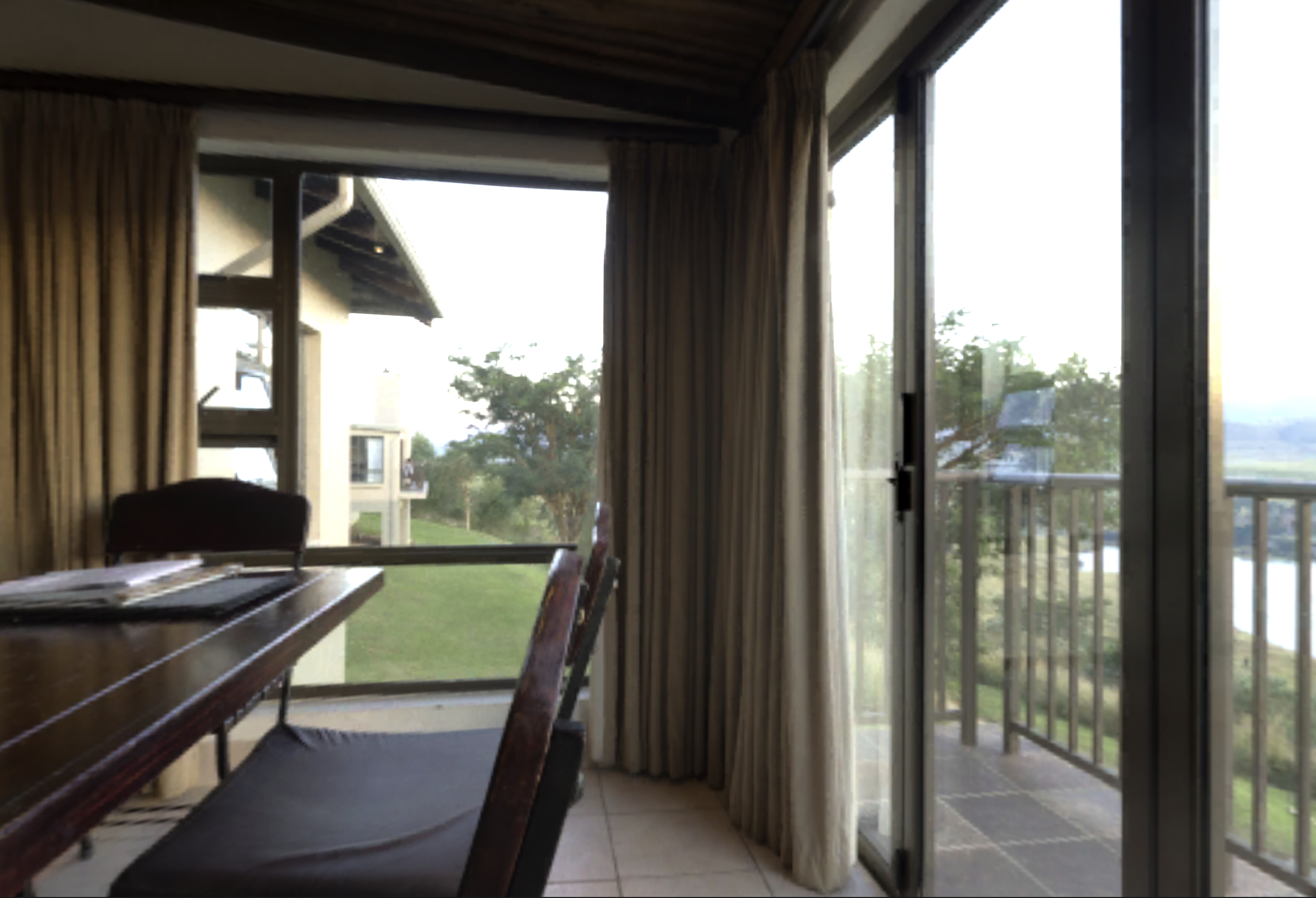# 天空盒
天空盒是增强场景表现力的一个非常高效的方法,它在渲染场景之前绘制一遍远景立方体贴图,营造出场景的深度感。

# 使用天空盒
新建场景后,会带有默认的天空盒。
 你可以在两处对天空盒进行修改:
你可以在两处对天空盒进行修改:
场景主相机
新建场景后,场景主相机会默认勾选drawSkybox的选项。关闭这个选项会停止绘制天空盒,并露出背景色(由相机的clearColor指定)。
场景天空盒材质
点开SceneSetting标签(通常位于工具下方)。如果标签不存在的话,可以点任意标签右侧的三点,选择新增标签→SceneSetting。
标签中的skyBox这一项用来选择场景的天空盒材质,可以手动选择自定义材质来替换天空盒。创建天空盒材质的方法详见下一节。
# 自定义天空盒
创建自定义材质
在项目文件夹中,右键新建Material,起名为MySkybox。
选择该资源,在右侧Inspector面板中,替换Effect为System::Effect::Skybox。
可以观察到该材质的预览图变黑了,原因是我们还没有给他赋予贴图,接下来我们需要创建一张立方体贴图(CubeMap)才行。
创建立方体贴图
在项目文件夹中,新建Image→texturecube,起名为MySkyTex。
选择该资源,在右侧Inspector面板中有right,left...等六项属性,每项属性都可以塞入一张2d图片。
*需要注意的是,六个面的六张图片,一定要相同大小(像素),并且每一张都是正方形,否则会报错。
设置材质贴图
再次选择MySkybox.mat,在右侧Inspector面板中,点选Textures→_MainTex,选择MySkyTex.texturecube。
此时应该可以观察到材质的缩略图变为天空盒了。设置场景天空盒材质
在Scene Setting标签下,点击skyBox这一项,选择MySkybox.mat,就大功告成了!
# 自定义天空盒Shader
如果只展示六张图片不满足你的需求的话,可以考虑自己来写天空盒的Shader。
点击这里学习如何编写Effect。
如果你已经会写Shader了,那么有两种方法可以选择:
- 自定义管线,这种做法比较困难,不过绘制方法可以完全自定义;
- 为现有的内置管线写一个新的天空盒shader,这样的话你需要完全遵照内置管线的方法来写。
为了方便用户,这里把内置天空盒的effect和shader贴了出来,你可以参考着来进行修改:
Effect.json:
{ "shaderProperties": [ { "key": "_TintColor", "type": "Vector4", "default": [ 0.5, 0.5, 0.5, 1 ] }, { "key": "_Exposure", "type": "Float", "default": [ 1 ] }, { "key": "_Rotation", "type": "Float", "default": [ 0 ] } ...填写你自己的uniform ], "textures": [ { "key": "_MainTex", "type": "TextureCube", "default": "white" } ], "defaultRenderQueue": 2499, "passes": [ { "lightMode": "Skybox", "vs": ...填写你自己的VertexShader的相对路径, "ps": ...填写你自己的FragShader的相对路径, "multiCompile": [], "useMaterialRenderStates": true, "renderStates": { "blendOn": false, "cullOn": false, "depthWrite": false, "depthTestOn": false } } ] }VertexShader:
#include <common.inc> struct FVertexInput { float3 Position : a_position; }; cbuffer Material { float4 _TintColor; float _Exposure; float _Rotation; } struct FVertexOutput { float4 Position : SV_Position; float3 pos: TEXCOORD0; }; // 当camera type是ortho的时候,使用以下三个来代替u_projection static const float fov_ = 0.25 * 3.1415926; static const float aspect_ = 1.0; static const float4x4 ortho_matrix = { 1.0 / (aspect_ * tan(fov_ * .5)), 0, 0, 0, 0, 1.0 / tan(fov_ * .5), 0, 0, 0, 0, -1.0, 0, 0, 0, -1.0, 0 }; void Main(in FVertexInput In, out FVertexOutput Out) { float4 after_rotation = { cos(_Rotation) * In.Position.x - sin(_Rotation) * In.Position.z, In.Position.y, sin(_Rotation) * In.Position.x + cos(_Rotation) * In.Position.z, 1.0 }; float4x4 u_view_without_translate = u_view; u_view_without_translate[3][0] = 0; u_view_without_translate[3][1] = 0; u_view_without_translate[3][2] = 0; float3 camera_based_pos = mul(u_view_without_translate, after_rotation).xyz; float3 normalized_pos = normalize(camera_based_pos); // 判断是否是orhto if (abs(u_projection[3][3]) < 1e-4) { Out.Position = mul(u_projection, float4(normalized_pos, 1.0)); Out.Position.z = Out.Position.w; } else { Out.Position = mul(ortho_matrix, float4(normalized_pos, 1.0)); } Out.pos = In.Position; }PixelShader:
#include <common.inc> cbuffer Material { float4 _TintColor; float _Exposure; float _Rotation; } DECLARE_CUBEMAP(_MainTex); struct FVertexOutput { float4 Position : SV_Position; float3 pos: TEXCOORD0; }; float4 Main(in FVertexOutput In) : SV_Target0 { // 你可能会想要改这里 return SAMPLE_CUBEMAP(_MainTex, In.pos) * float4(_TintColor.xyz, 1.0) * _Exposure * 2.0; }